A design expert says government influence and intelligent material use will produce economically-viable green products, Anthony Caggiano reports.
October 14th, 2010
Government influence and intelligent use of available materials and design principles are the keys to designing economically viable eco-friendly products, a design expert says.
At the Design Institute of Australia (SA Branch)’s last Snap, Crackle and Speak breakfast, WSP Environment & Energy Senior Sustainability Associate John Gertsakis said 70 percent of a product’s environmental impact is determined at the design stage.
“There’s more than just using ‘hero’ materials… there’s just a need to use materials more efficiently,” he said.
Mr Gertsakis said designers should use a “lock in, lock out” method where the most environmental benefits are set at the design phase.
Also, as the executive member of Product Stewardship Australia, Mr Gertsakis has been instrumental with the Federal Labor government’s National Television and Computer Product Stewardship Scheme.
Under the scheme, manufacturers and importers of televisions and computers will be responsible for recycling products they sell in Australia at the end of their lives. “You made it, you take it back,” he said.
It will be the consumer’s responsibility to return the products to a designated collection point free of charge. However they may pay a fee when they first buy a product to cover the future costs of collection and recycling.
The exact implementation of the scheme is currently open for consultation and can be found at online here.
DIA
dia.org.au
Hero image: Professor Paul Downton, Ontera Modular Carpets’ Mark Robinson, John Gertsakis, DIA (SA Branch) treasurer Brendon Harslett and DIA (SA Branch) co-president Andrew Whittaker at the Branch’s Snap, Crackle and Speak breakfast.
INDESIGN is on instagram
Follow @indesignlive
A searchable and comprehensive guide for specifying leading products and their suppliers
Keep up to date with the latest and greatest from our industry BFF's!
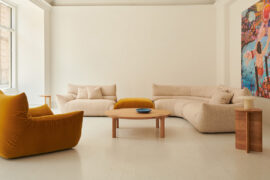
A curated exhibition in Frederiksstaden captures the spirit of Australian design
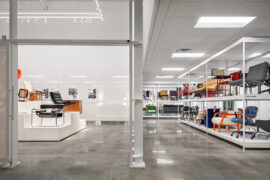
The undeniable thread connecting Herman Miller and Knoll’s design legacies across the decades now finds its profound physical embodiment at MillerKnoll’s new Design Yard Archives.

An in-depth look at what A+D has learned from medical history and the relationship between people and the spaces they occupy.
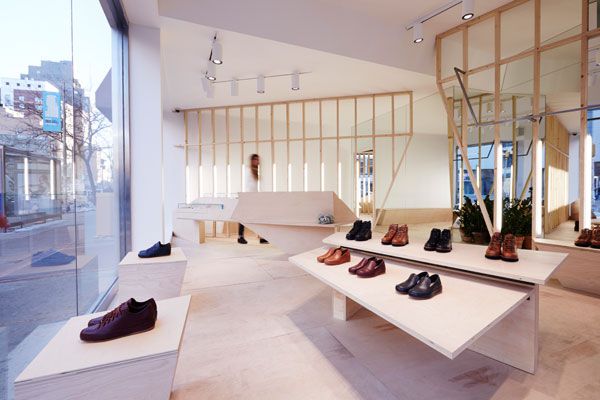
Luxury Footwear brand FEIT, founded by Australian brothers Tull & Josh Price in 2005, has opened the doors to their US flagship store in New York.
The internet never sleeps! Here's the stuff you might have missed
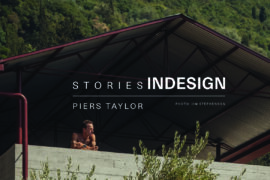
Piers Taylor joins Timothy Alouani-Roby at The Commons to discuss overlaps with Glenn Murcutt and Francis Kéré, his renowned ‘Studio in the Woods,’ and the sheer desire to make things with whatever might be at hand.
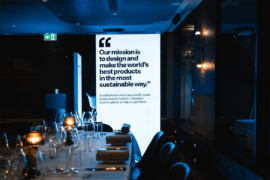
MillerKnoll reimagines the convention of dinner table interactions by plating up a future-forward menu of sustainable design conversation starters as part of the inspiring “Conversations for a Better World” event series.